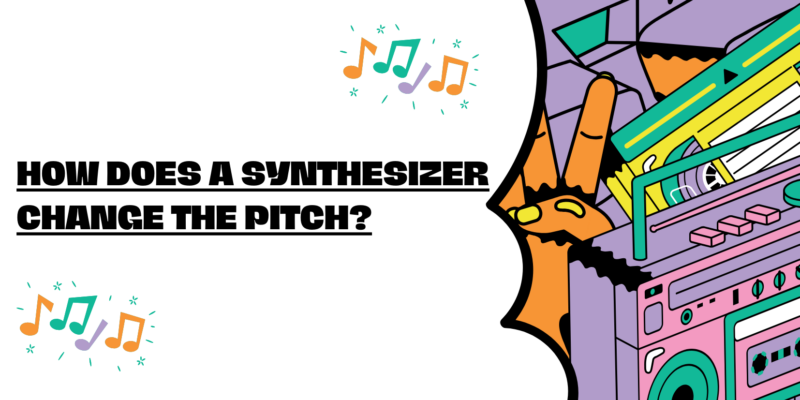One of the fundamental aspects of music is pitch—the perceived highness or lowness of a sound. Pitch plays a central role in melody, harmony, and musical expression. In the realm of music technology, synthesizers stand as versatile instruments that allow musicians and sound designers to manipulate and control pitch creatively. In this article, we will explore the mechanics of how synthesizers change pitch and the various techniques they employ to achieve this fundamental musical parameter.
1. Oscillators: The Sound Source
At the core of every synthesizer lies one or more oscillators. Oscillators generate sound waveforms, which serve as the foundation for creating different pitches. These waveforms can take various shapes, including sine, sawtooth, square, and triangle waves. By adjusting the frequency of an oscillator, synthesists can change the pitch of the generated sound.
2. Voltage Control Oscillators (VCOs): Modulating Pitch
In analog synthesizers, Voltage Control Oscillators (VCOs) are responsible for generating sound. The pitch of the sound is determined by the voltage applied to the VCO. Musicians can use various input methods, such as keyboard keys, MIDI controllers, or voltage signals from other sources, to control the voltage and, consequently, the pitch of the oscillator.
3. Digital Synthesizers: Controlled Algorithms
In digital synthesizers, the process of changing pitch is accomplished through algorithms and digital signal processing (DSP). These synthesizers often use mathematical calculations to manipulate waveforms digitally. Changing the pitch is achieved by altering the frequency parameter in these algorithms.
4. Keyboard Control: Playing Different Pitches
In most synthesizers, especially those designed with a traditional keyboard interface, the musician controls pitch by selecting different keys on the keyboard. Each key corresponds to a specific note, and pressing a key sends a control signal to the oscillator(s) to generate the desired pitch.
5. Pitch Modulation: Vibrato and Tremolo
Synthesizers allow for pitch modulation, which adds expressive elements to the sound. Vibrato, for instance, is a modulation effect where the pitch of a note wavers subtly, creating a sense of warmth and expressiveness. Tremolo, on the other hand, modulates the volume of the sound rapidly, producing a trembling or pulsating effect.
6. Portamento and Glissando: Smooth Pitch Transitions
Synthesizers often include features like portamento and glissando to control the smoothness of pitch transitions between notes. Portamento allows for a gradual pitch change when moving from one note to another, while glissando creates a slide effect between notes, similar to a guitar slide.
7. Pitch Bend Wheels and Modulation Controls
Many synthesizers are equipped with pitch bend wheels or modulation controls. Pitch bend wheels enable musicians to bend or slide the pitch of a note while playing, simulating techniques like string bending on a guitar. Modulation controls can be assigned to pitch, allowing for real-time pitch modulation effects.
8. MIDI Control: Precise Pitch Control
In the digital age, MIDI (Musical Instrument Digital Interface) plays a significant role in pitch control. Synthesizers can receive MIDI messages from controllers, computers, and sequencers, enabling precise and automated pitch control.
Conclusion: Pitch Control as a Creative Canvas
In conclusion, the ability to change pitch is a fundamental and essential feature of synthesizers. From oscillators and VCOs to keyboard interfaces, modulation techniques, and MIDI integration, synthesizers offer a wide range of tools for musicians and sound designers to shape pitch creatively. This control over pitch is not only a technical aspect of sound generation but also a canvas for musical expression, allowing artists to craft melodies and harmonies that evoke emotion, tell stories, and captivate listeners in the ever-evolving world of music.


